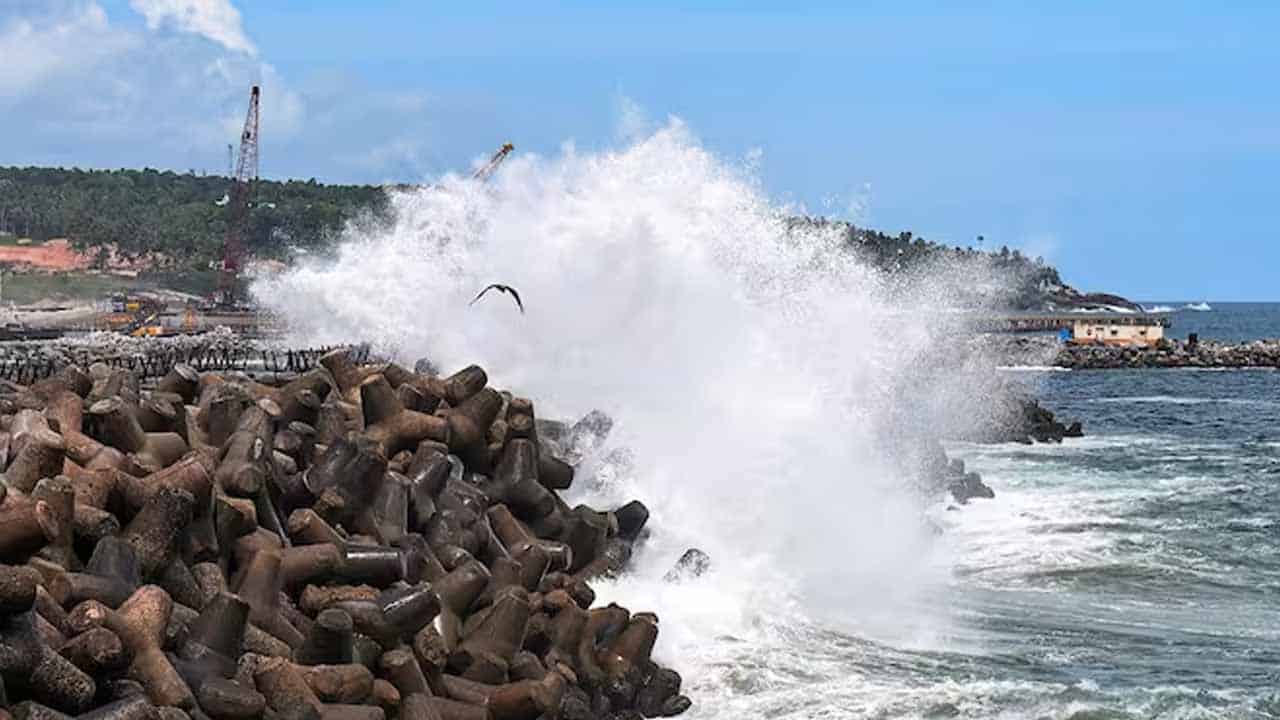The government issued an alarm to authorities in Sindh and Balochistan on Friday, as a “very severe” cyclonic storm, Biparjoy, was believed to be approaching Pakistan’s coastal districts over the Arabian Sea.
According to a Pakistan Meteorological Department (PMD) advisory, Cyclone Biparjoy has shifted course and has been gently tracking north-northeast for the past 12 hours.
It is now located around latitude 14.8°N and longitude 66.5°E, approximately 1,120 km south of Karachi. “The system centre has maximum sustained surface winds of 130-150km/h gusting to 160km/h.”
The advisory stated that favourable climatic circumstances, such as 30-32°C sea surface temperature, minimal vertical wind shear, and upper-level divergence, were still assisting the system to intensify further.
“Due to a shift in upper-level steering winds, there is uncertainty in the global model’s forecast of Biparjoy’s track, with some pointing to the Oman-Pakistan western coast and others pointing to the Indian Gujarat-Pakistan Sindh coast.”
“Given this uncertainty, the system is likely to continue tracking north/northeastward over the next two days,” the Met Office added.
Outlining the potential effects of the cyclone, it recommended fishermen not venture into open water from Monday, June 12 until the system passed, as sea conditions could become difficult, accompanied by high tides along the coast.
“The rain-thunderstorm with some heavy falls and squally winds is expected on the Sindh-Makran coast from June 13 night to June 14 morning due to its probable northeast track,” the statement added.
Meanwhile, Sherry Rehman, Minister of Climate Change, has notified authorities.
“All relevant authorities, particularly PDMA Sindh and Balochistan, are advised to take stock of preparations and ensure public safety for communities in coastal areas,” she said on Twitter.
A day before, Chief Meteorologist Sardar Sarfaraz stated that the system was far from Pakistan’s coastal districts.
“It will most likely move further north-northwest.” “The seas are very rough around the system centre, with maximum wave heights of 25-28 feet,” he said.
“If the distance (between the cyclone and the city) is reduced to 600 kilometres, we may see high clouds.” The system will most likely take four days to reach Oman before influencing weather conditions in Balochistan’s coastal districts,” Sarfaraz warned.






